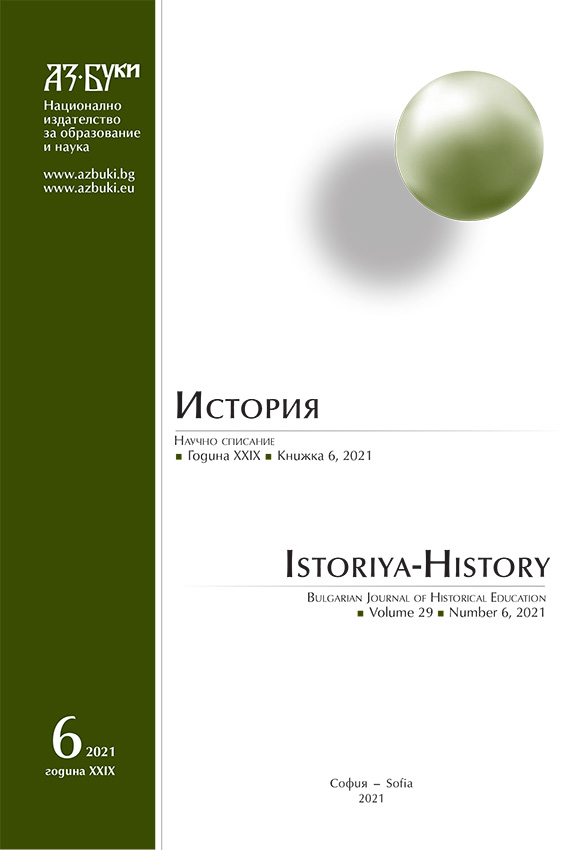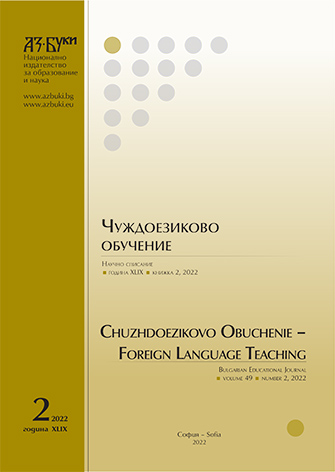Author(s): Ani Zlateva,Katya Tineva-Giurkovska / Language(s): Bulgarian
Issue: 5/2019
In this report, some of the main aspects of pedagogical work mainly connected with the primary introduction of the kids of different age groups with the visual arts in museum or gallery environment are taken into consideration. The variety of communication with the pieces of art and the need for interaction in their presenting and conceiving is emphasized. In the research are studied the stages and dynamics of the processes which the participants in the project experience for chosen pieces of Bulgarian art and the specifics of the interactive communication with them is shown. For achieving the aims of the research, the chosen environment is different than the school environment. Here are shown the possibilities for activating the visual conception of students and kids through the contact with the original canvases of the artists. The aspects of the process of interaction between the different participants which forms the main stages of the research – the connection between the curator and children, curator and students, picture and children etc. Are also shown, and traced. A summary is made of the pedagogical methods used and the achieved results. The aim of the research is to analyze the degree of interest in the kids for the different pieces of art, according to their stylistic and genre belonging in the museum environment. In the preparation for the experiment are chosen artworks in advance and interactive pedagogical models for working with them. In the process of the research are applied traditional and interactive methods of pedagogical communication, which aim to provoke the interest for the pieces of art. For the analysis of the received data we used the standard methods for pedagogical researches, which include: empirical – pedagogical experiment, praximetric – observation, analysis of the children’s pieces of art, content analysis, quantity and quality analysis of the received empiric data, expert evaluation. Based on the experiment, some conclusions regarding the style, genre, and the preferred colors from the kids to certain pieces of art are made, as well as the degree of influence and interaction in the communication with the visual arts of this preference. The received results from the research could have practical applicability in fine arts education, regarding the choice of pieces of art, included in the education, analysis and illustration of different studying problems in the educational process.
More...















